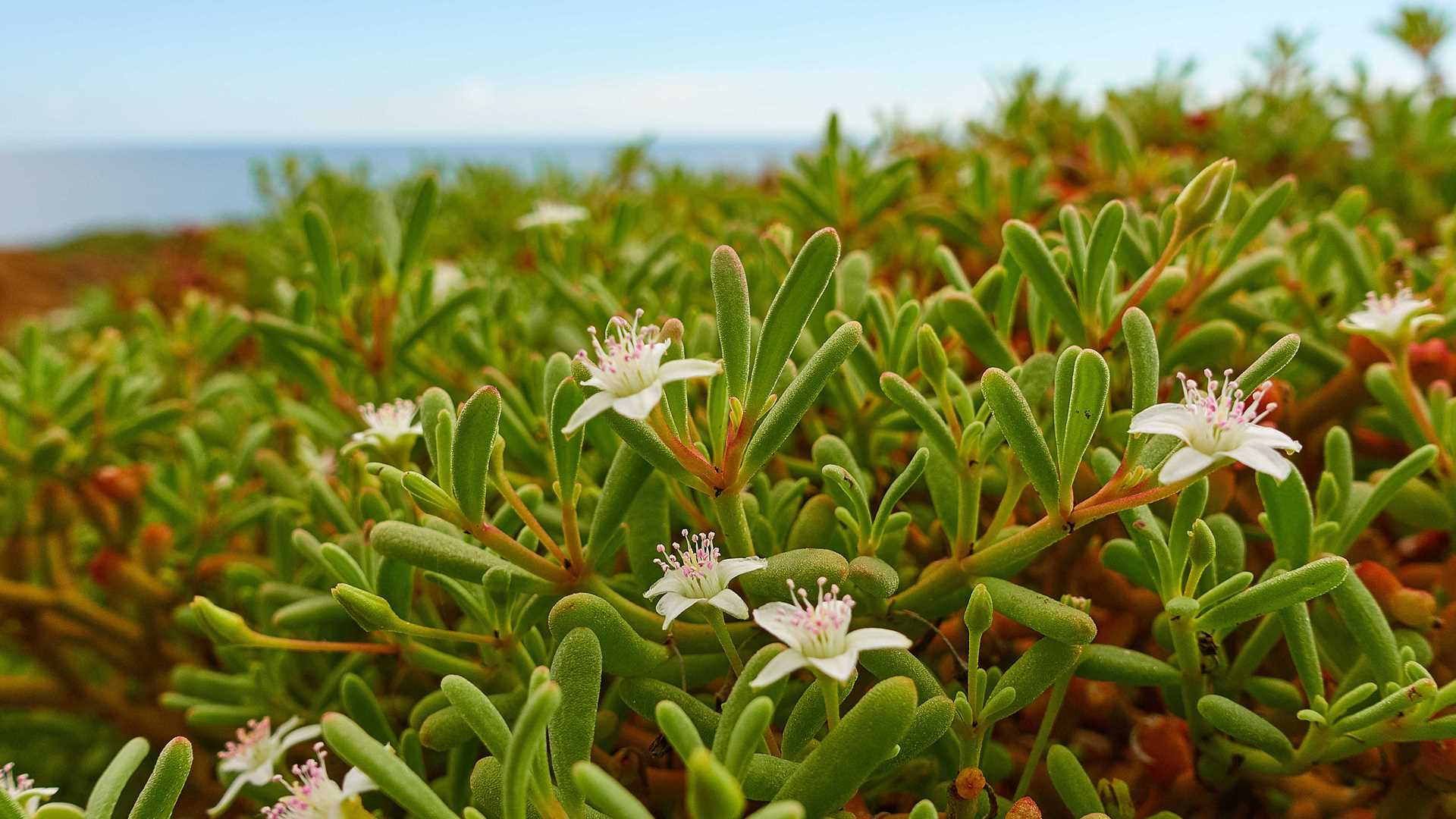We have been traveling backwards through time during this expedition, from the youngest island in the Galapagos, Fernandina, to the oldest island above sea level, San Cristobal. The site for the morning outing, Punta Pitt, is painted in the bright colors of the rainy season. It’s only for a couple of months that we get to see the tiny white flowers of holy tress or the green succulent leaves of sesuvium, all on a light brown rock decorated in layers. This is a tuff volcano, actually, where several cones have come together to form a bay. Here we offered the option to hike, to swim, to use the glass-bottom boat, and the younger explorers had the opportunity to learn to drive the Zodiacs.
Punta Pitt has unique wildlife as well. This is the site where we have encountered red-footed boobies for the first time this week. There are also frigatebirds and Nazca boobies that make their nests here. On a tiny rock located in front of the bay, we encountered countless birds: swallow-tailed gulls, tropicbirds, shearwaters, herons. The islet is a great nesting colony probably because of its isolation, as San Cristobal is an island that has had introduced species for a long time. On this tiny lava core, birds have found safety and life has thrived.
The afternoon found us at the base of a different tuff cone, Cerro Brujo, home of many sea lions, and the site where we had the freedom to walk at our own pace and think back about the week and the memories we want to take with us. It has been a marvelous expedition, traveling from island to island, each one unique in its beauty and its lessons. We have seen natural selection at work, and the magnificence of a place where creatures live with no fear. Galapagos is an archipelago to keep in our hearts. Now we are its ambassadors and should spread the word that there are pristine places on our planet, and that it is our mission to preserve them.







